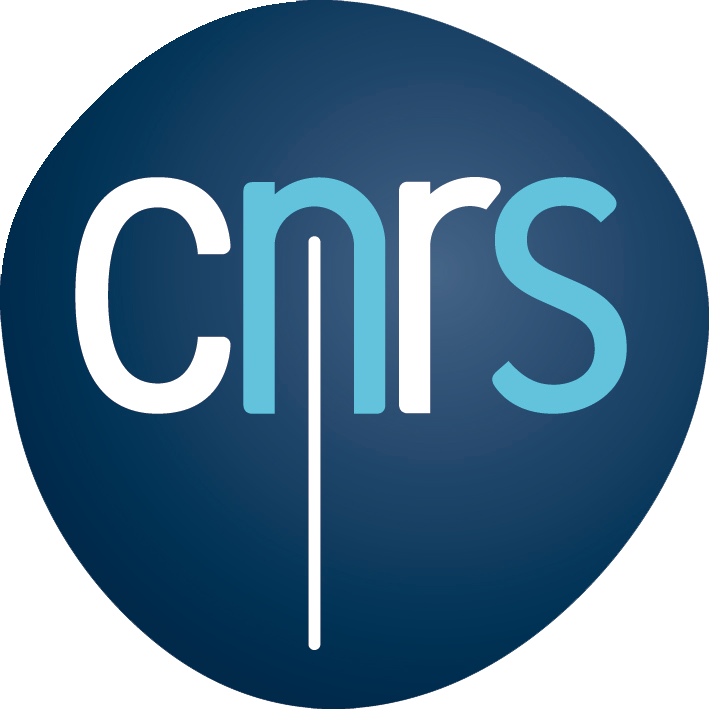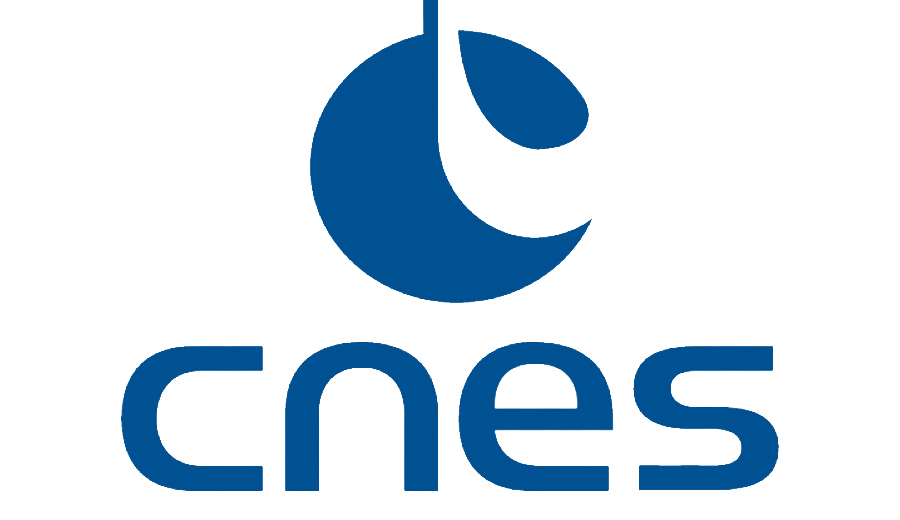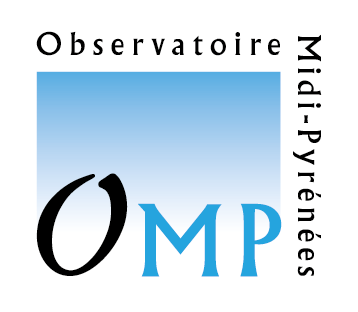CDPP 3DView web-service for SMILE SXI synthetic X-ray observations
The Solar wind Magnetosphere Ionosphere Link Explorer (SMILE) is a joint mission between the European Space Agency (ESA) and the Chinese Academy of Sciences (CAS). SMILE is designed to investigate the dynamic response of the Earth’s magnetosphere to the solar wind impact in a global manner through simultaneous X-ray and UV imaging and in situ plasma and magnetic field measurements. One of the instrument onboard SMILE, the UK-led Soft X-ray Imager (SXI) will measure soft X-ray emissions resulting from the radiative de-excitation of the multi-charged ions (C, N, O, …) of the solar wind which charge-exchange (SWCX) with planetary neutrals in the Earth’s magnetosheath and cusps. These emissions are proportional to the solar wind ion flux and to the density of the neutral targets and are therefore sensitive to variations in these quantities. In regions of plasma pileup, such as the subsolar magnetosheath and polar cusps, the emission is enhanced, paving the way for imaging of these key regions of the Sun-Earth system.
The SMILE Modeling Working Group (MWG) strives to collect and homogenize the parameters of various simulations and provide synthetic observations to help interpret the future SMILE data. LATMOS has been developing test-particle simulations to complement the traditional MHD approach. The MWG simulation library will be integrated to the ESA SMILE L4 product database.
In order to support the scientific feedback of the SMILE mission, IRAP and CDPP (Centre de Données de Physique des Plasmas) teams have proposed with LATMOS a new web-service in the 3DView tool. This service offers the possibility to visualize a SWCX X-ray intensity/flux map for SMILE observation configurations and propose a 3D scene to facilitate the comprehension of the geometry of the observation. Future developments will enhance the inter-operability between the MWG simulation archive and the future SXI observations for the benefit of the SMILE community in order to enhance the science return of the mission.

Further Resources
- Website dedicated to the mission : https://smile.alaska.edu/
- 3DView tool : http://3dview.cdpp.eu
IRAP and LATMOS staff involved
- Nicolas ANDRE, IRAP, CDPP Scientific Director nicolas.andre@irap.omp.eu
- Vincent GENOT, IRAP, in charge of 3DView for CDPP vincent.genot@irap.omp.eu
- Dimitra KOUTROUMPA, LATMOS, SMILE Scientific Team dimitra.koutroumpa@latmos.ipsl.fr
- Ronan MODOLO, LATMOS, SMILE Scientific Team ronan.modolo@latmos.ipsl.fr






